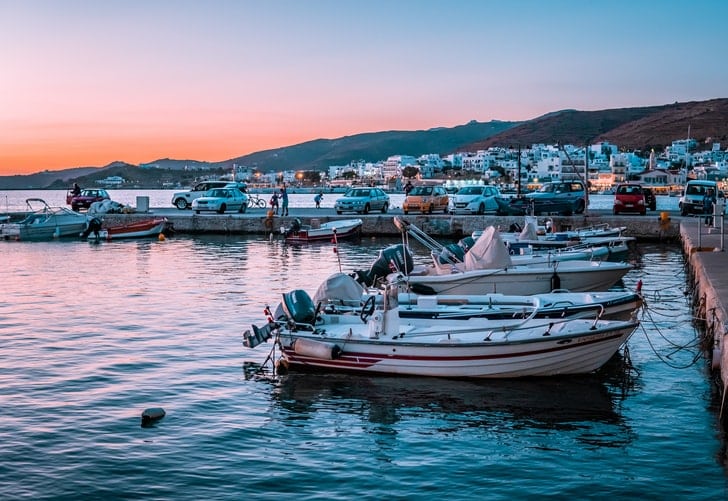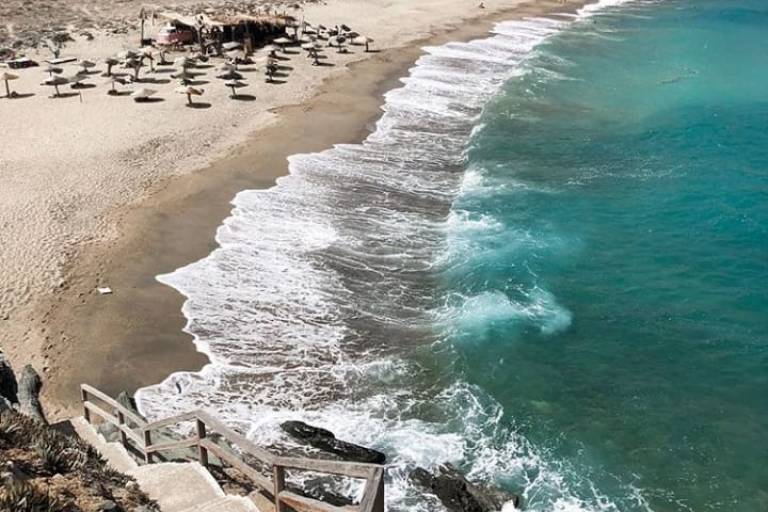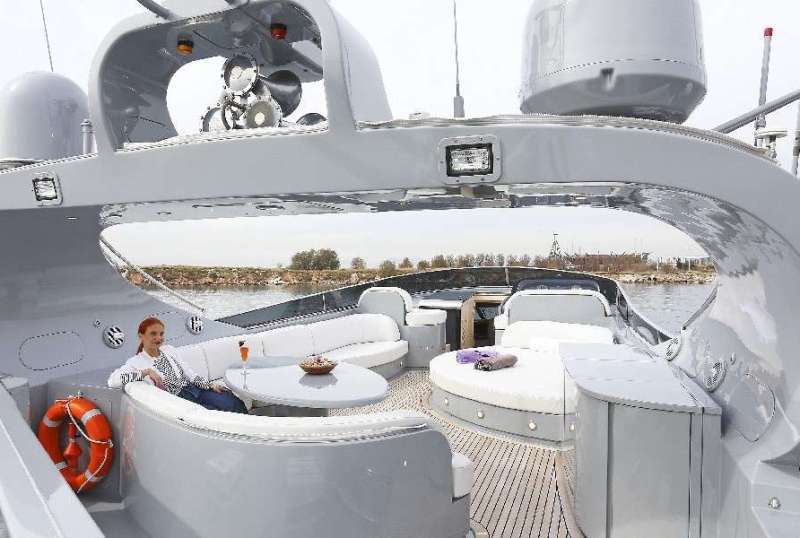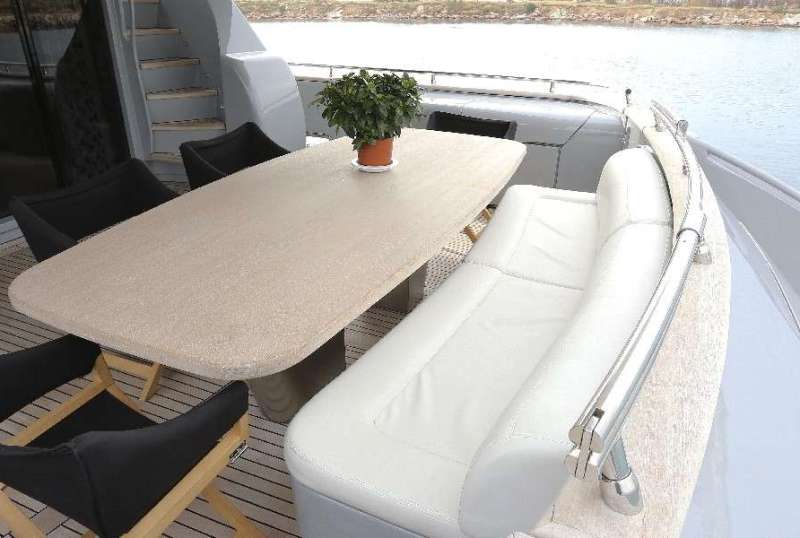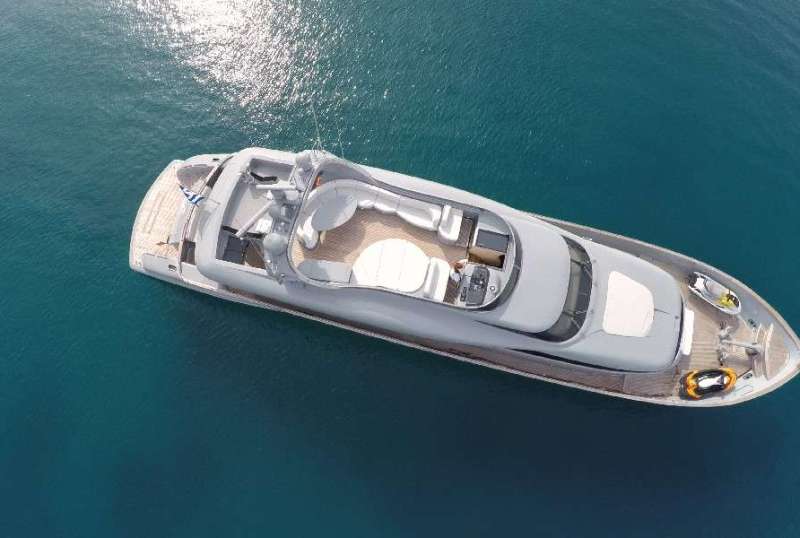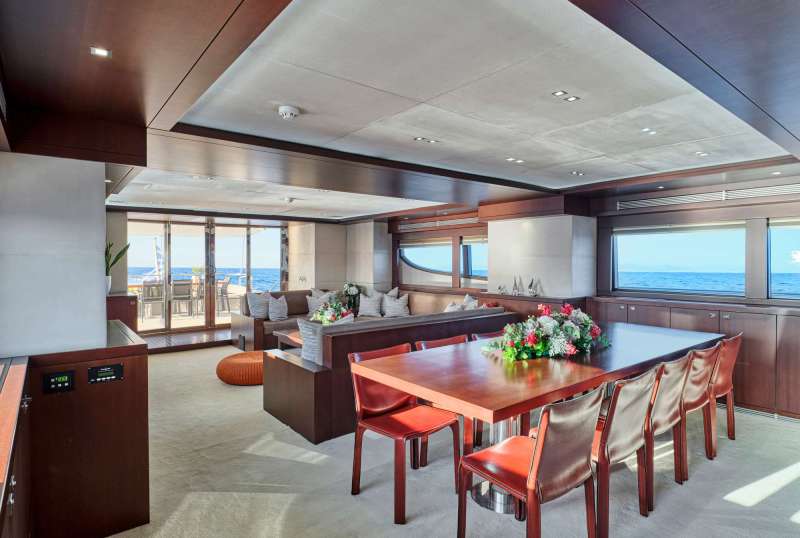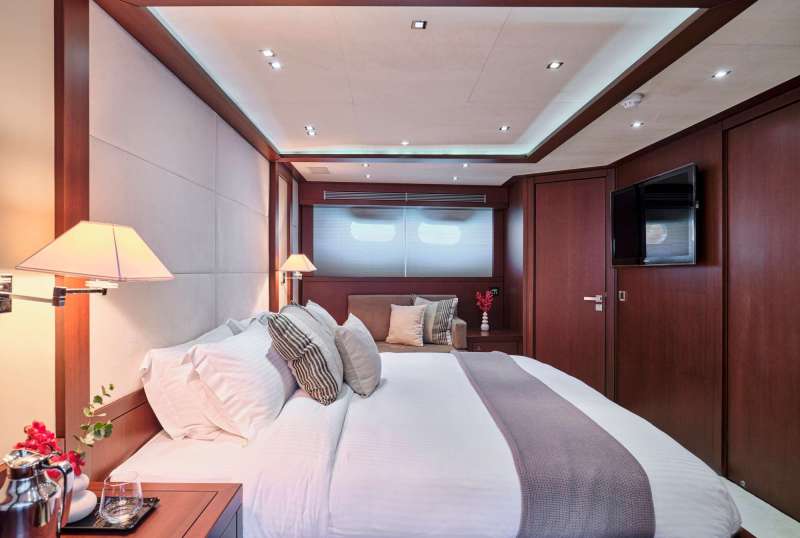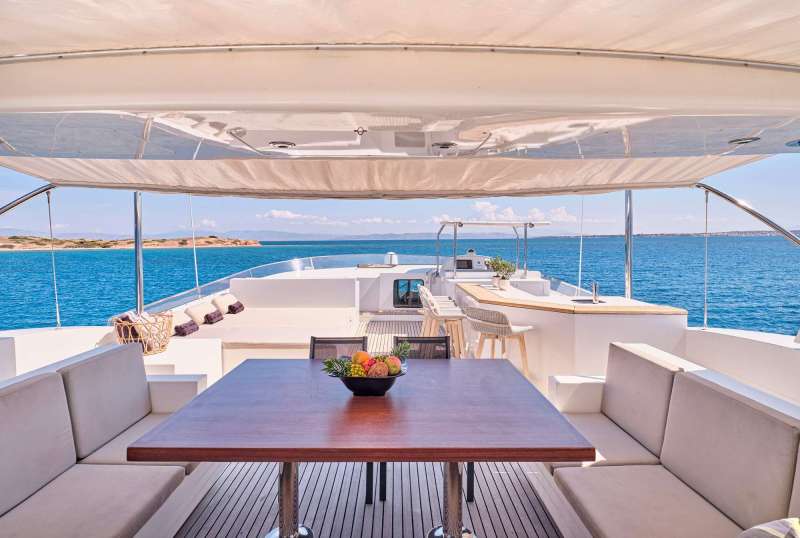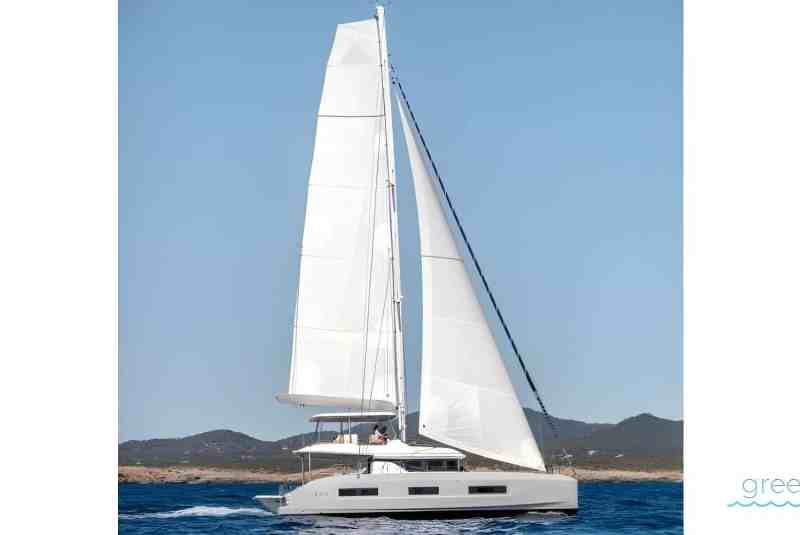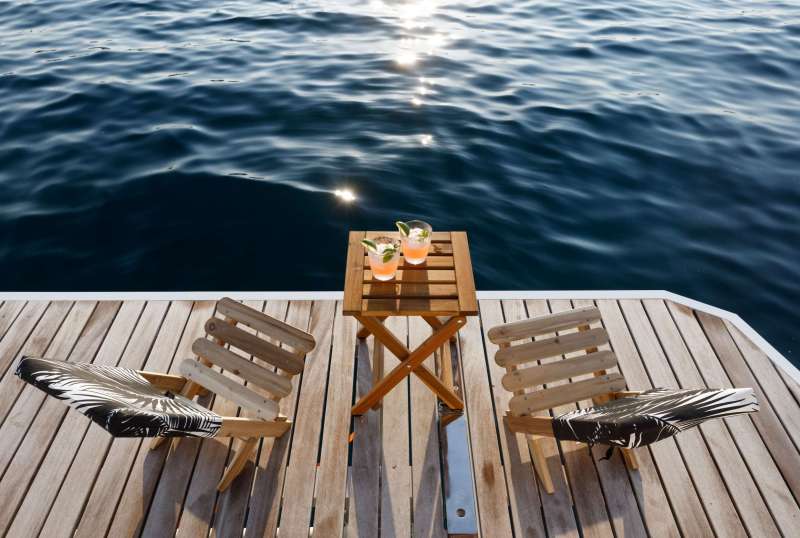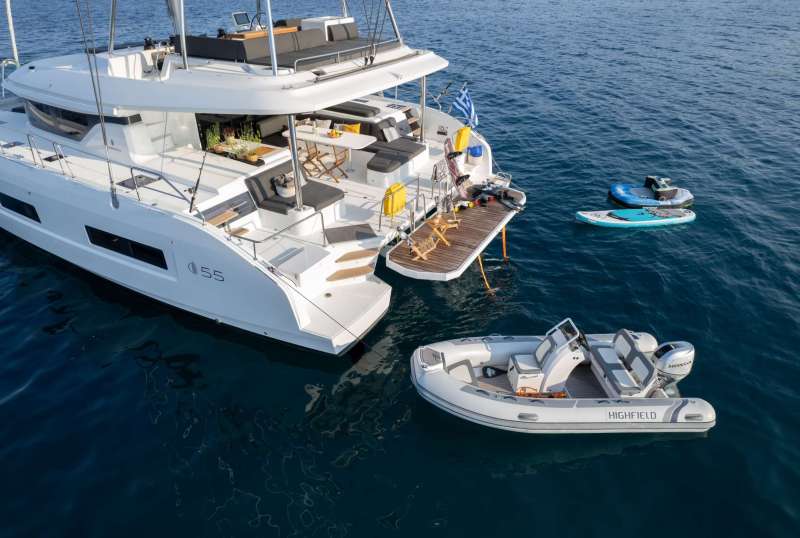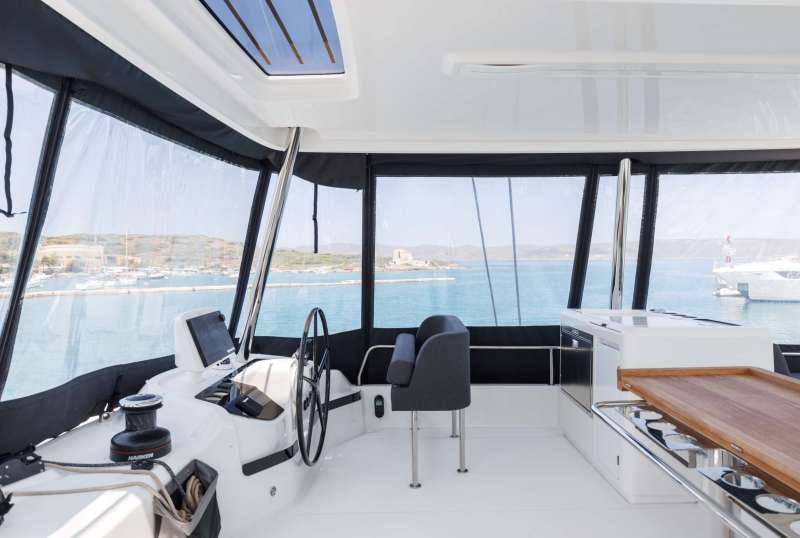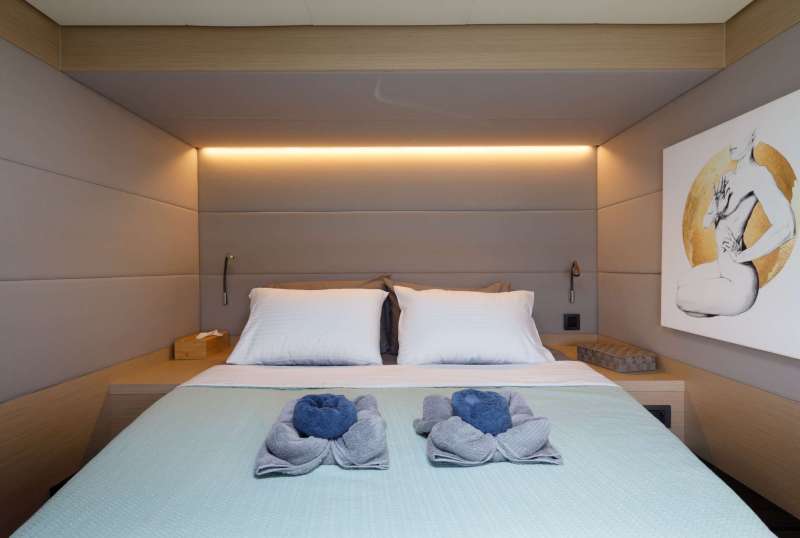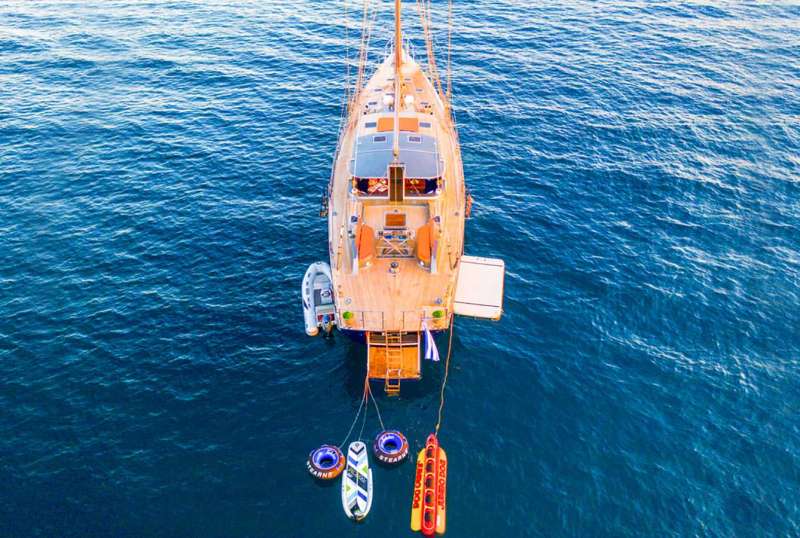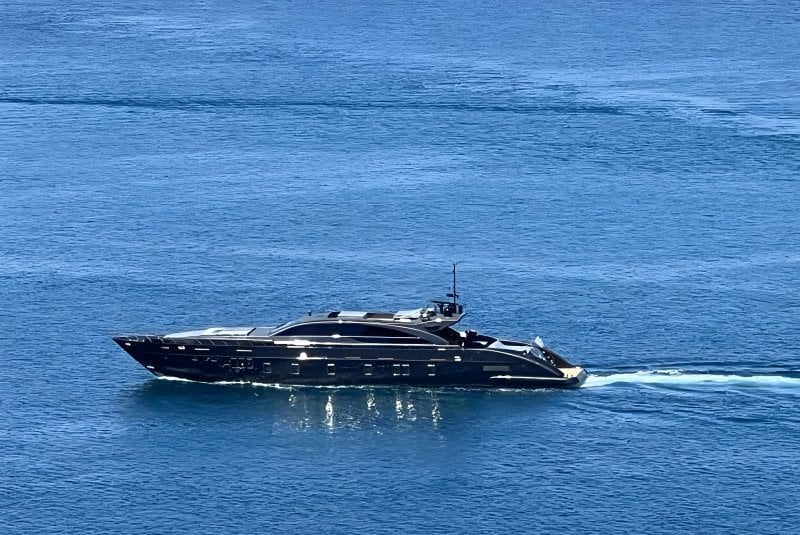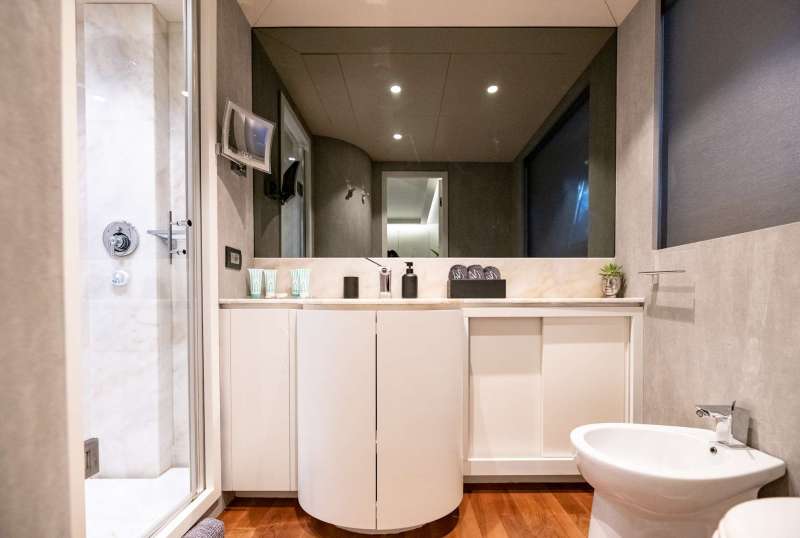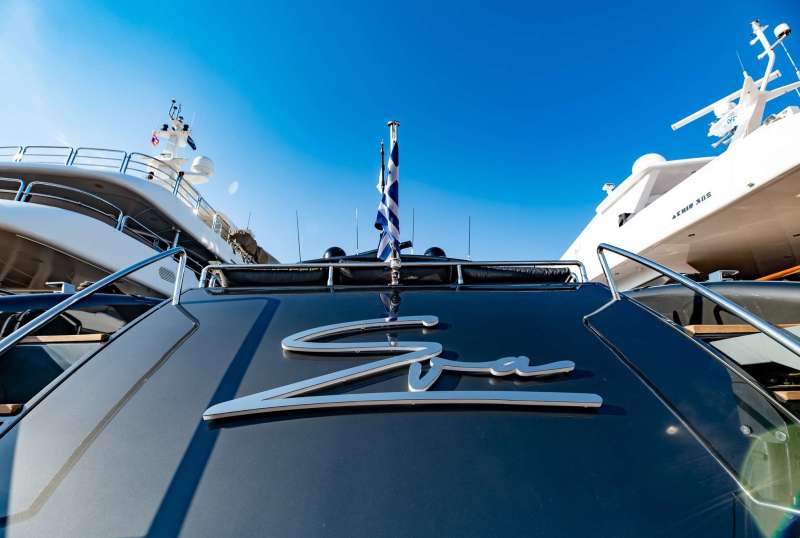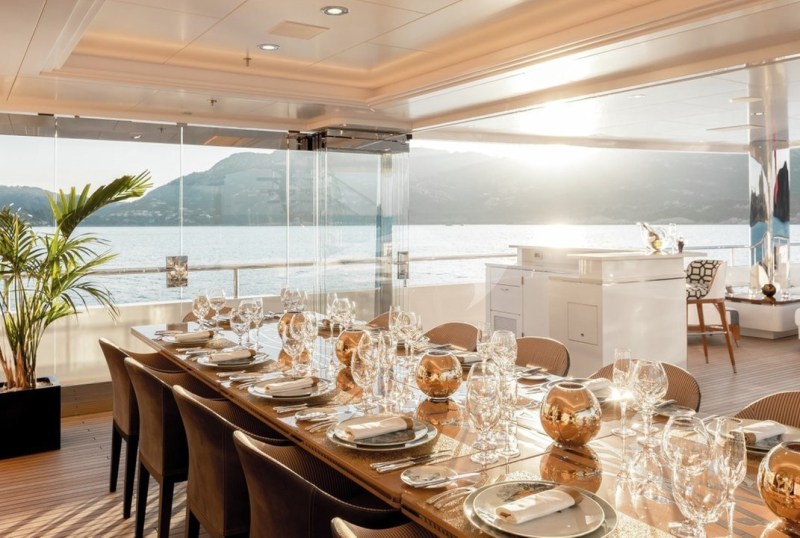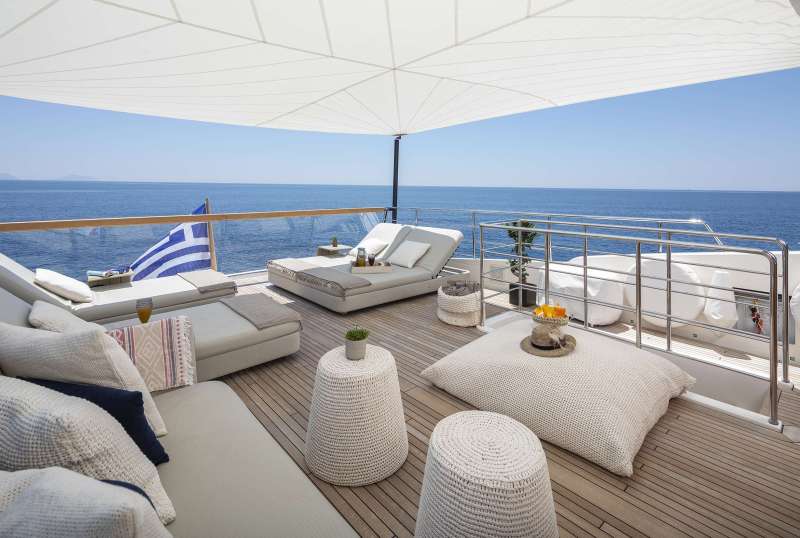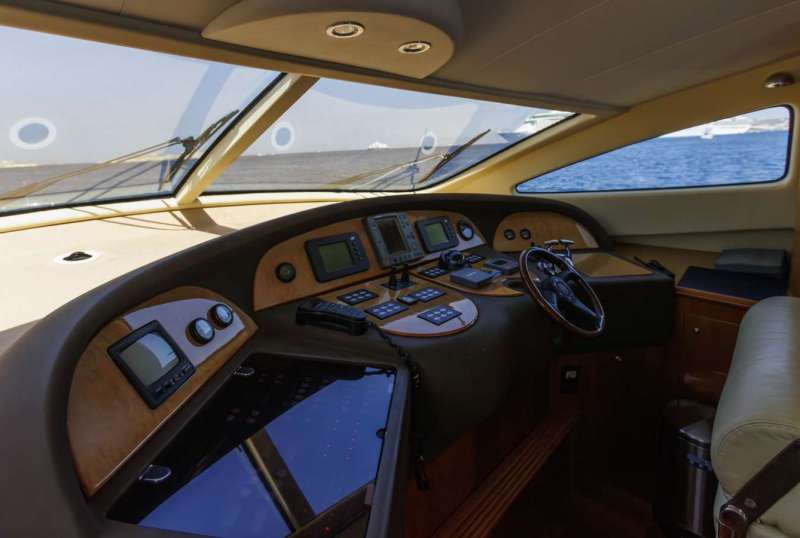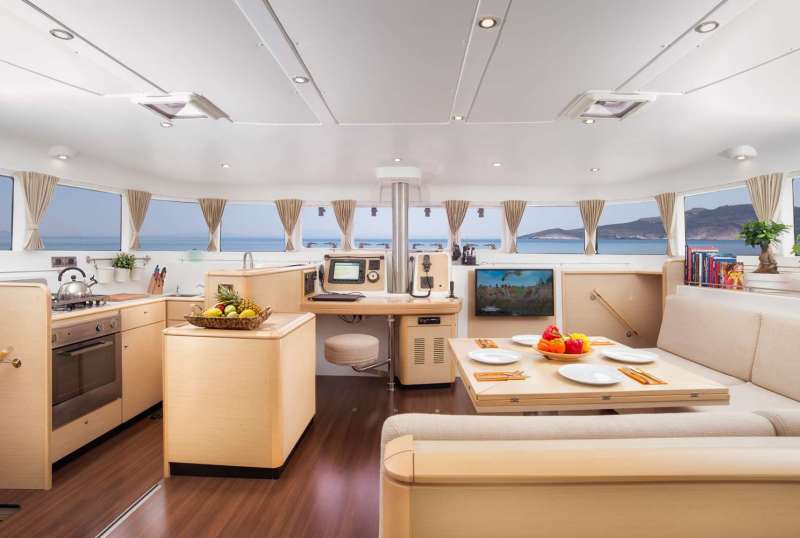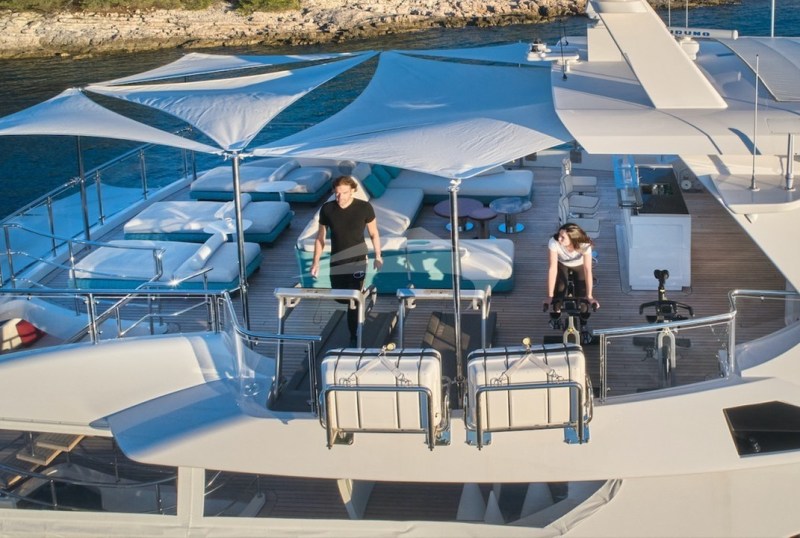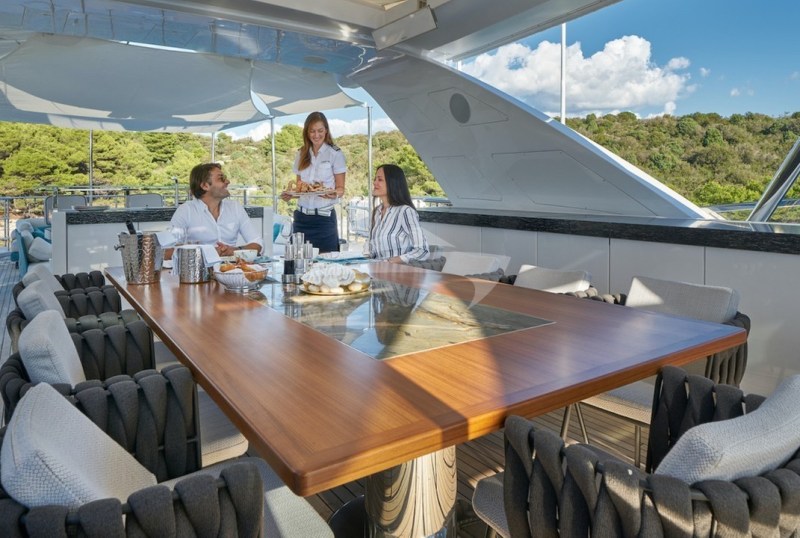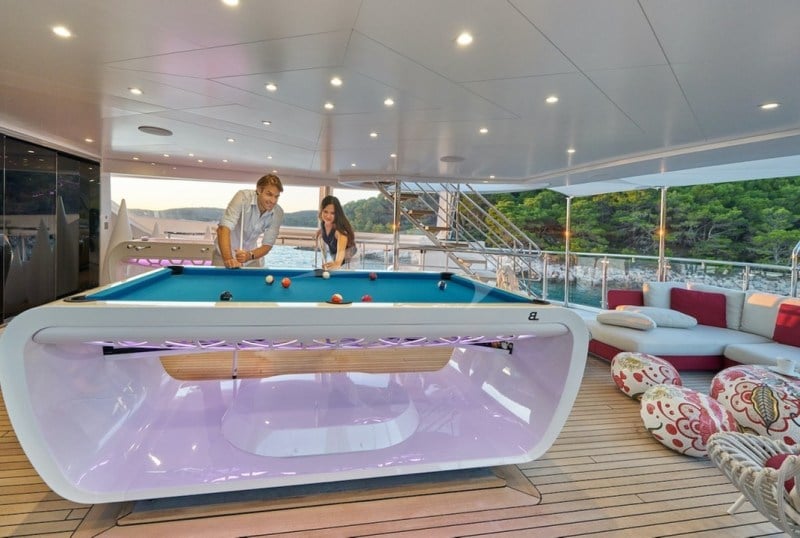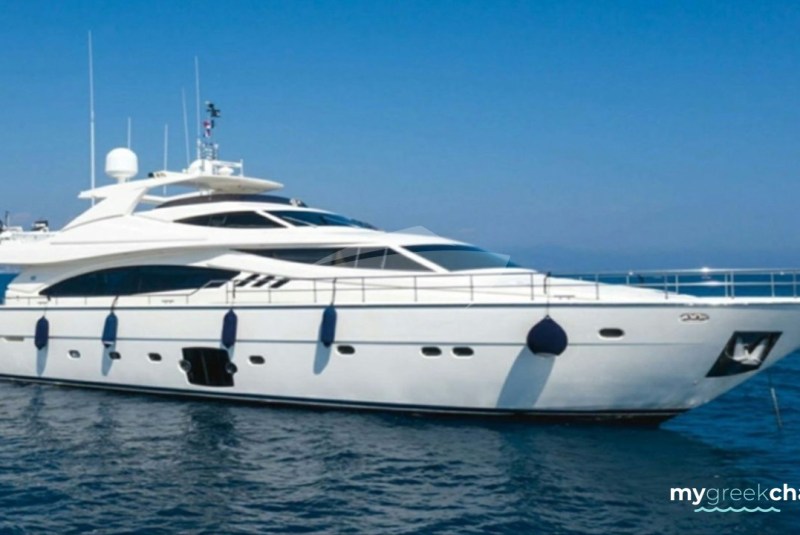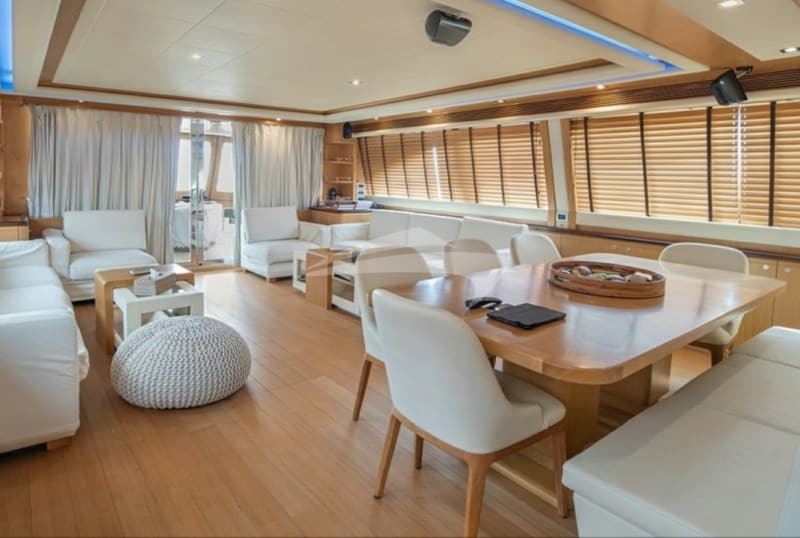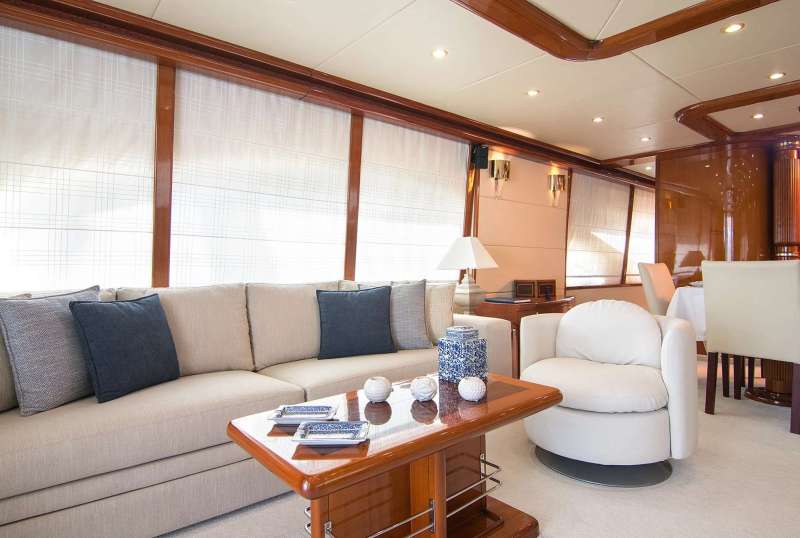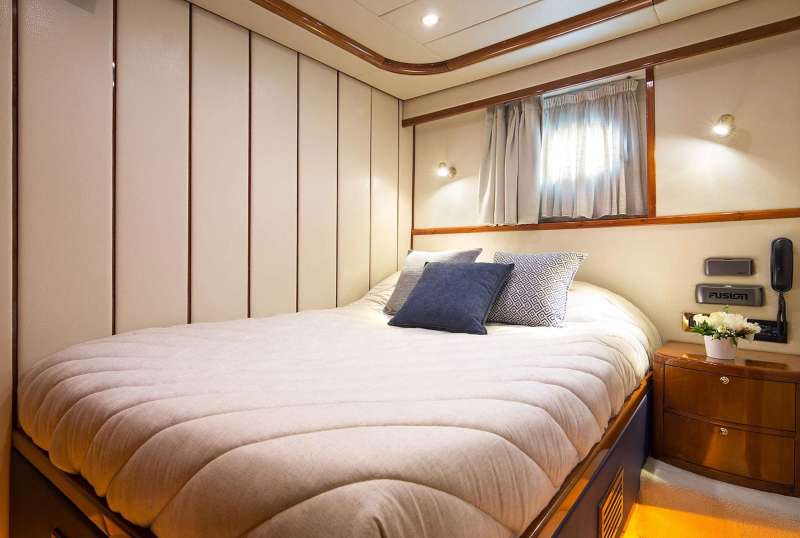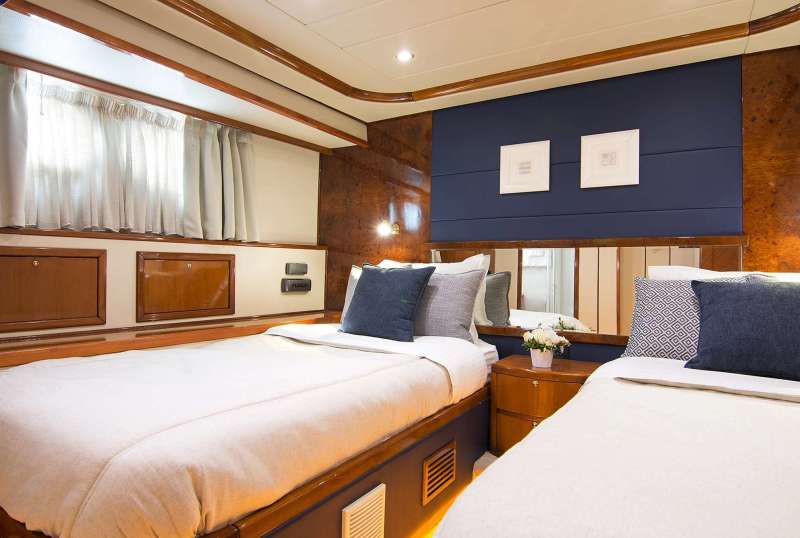Island Overview
Tinos is a Greek island in the northern Cyclades about 60 nautical miles away from Rafina and 80 miles from Piraeus, the largest port in Athens. To the north, it almost touches the island of Andros, while to the south we find the well-known island of Mykonos. In recent years, Tinos has masterfully rebranded – once associated with religious tourism only it is now a cosmopolitan and vibrant destination with a sun-bleached coastline and traditional villages. For yacht charters in Greece, Tinos offers an ideal spot with a range of cultural activities, incredible food and charming beaches. This bustling island is slowly increasing in popularity for yacht charters in the Greek islands that prefer its laid back and authentic character and vibe.
Navigation
The main port on Tinos is found in the main town, or Chora, on the southwest side of the island. It caters both to high-speed ferries that visit the island daily and yacht charters. The inner port is the most well-protected part, still, the swell from W – NW winds can be noticeable. Keep in mind there is limited space for only 10-15 boats and it can be quite noisy until late at night especially on the weekends. This is a busy port during the summer months with ferries arriving and departing at all times of the day and night.
On the west coast of the island, there are various small and seldom used anchorages such as Ormos Isternia, Ormos Kardiani, Ormos Romanou, Ormos Stavrou and Ormos Ay Nikolaos. These are only suitable during calm weather. It is best to take your yacht to Ormos Panormos on the NE side of the island and enter from the left while facing the village. The bottom of the bay is sand and seaweed and offers good holding. Space is limited and fishing boats use part of the dock. You can also anchor in Ormos Kolimbithra at the head of the bay in 3-5m when the Meltemi doesn’t blow. A remote spot that is great for a quiet lunch and snorkelling.
General Information
Tinos is the fourth largest island in the Cyclades, after nearby Naxos, Andros and Paros, and its mountainous terrain is home to over 50 villages, a record number compared to similar-sized islands. The highest point on the island is Mount Tsiknias that reaches 750 meters.
Just like most Greek islands in the Cyclades, the strong Meltemi winds that blow from the north can create an issue. The southern beaches are preferable as they offer better shelter from the wind and calm waters. There are more than a dozen beaches around the island – some cosmopolitan and organized, others small and hard to reach. The most famous are Kolympithra, Agios Sostis, Kalivia and Agios Romanos.
Another characteristic feature of Tinos island is the more than 1000 tower-like dovecotes that were first introduced by the Venetians for the purposes of pigeon breeding. Tinos is an ideal destination for holidays by the beach and tourists looking for great food and relaxing moments.
History of Tinos
In ancient years, the island was named Offiussa due to the presence of snakes. According to Greek mythology, it was Poseidon the god of the sea, that freed the island from snakes with a flock of storks. The islanders built the Sanctuary of Poseidon on the west side of the main town, near the beach of Kionia, as a sign of gratitude and place of worship to the god and his wife, Amphitrite. During the Hellenistic era, the temple was an important religious centre that people would visit to purify themselves before continuing to the island of Delos.
Similar to most islands in the Cyclades, Tinos passed to the Venetians around 2017 and the control of the Ghizi family. Agriculture, arts and trade flourish under Venetian rule. The island continue to enjoy special priveleges even after the Ottomans managed to conquer the island after 11 attempts in 1715. The long Venetian tradition left behind a large Catholic community that is still very much present. The miraculous icon of the Annunciation discovered in 1822, cemented Tinos as a place of pilgrimage for Orthodox Christians.
Places of Interest
Panagia Megalochari church
Visiting around the 15th of August can be an interesting but intense experience. This is when thousands of pilgrims visit the island in honour and celebration of the Virgin Mary. This is often the busiest time to stay on Tinos island. This monastery complex was after a nun had a dream that showed her the location of a holy icon. Many pilgrims crawl from the port of the island to the church as a sign of devotion.
Pyrgos Village
Arguably the most famous village on the island of Tinos, Pyrgos has a unique and charming architectural style that enchants visitors from all around the world. Here, famous and renowned sculptors studied under master craftsmen and carried on the tradition of marble sculpting. Visitors may learn more about Yannoulis Halepas, one of Greece’s most famous sculptors in the museum found in the village.
Agios Fokas Beach
Agios Fokas is the largest beach on the island and one of the most well-known spots for sunbathing and enjoying your Greek summer holidays. The beach is fully organized with all the amenities visitors will need. Access from Hora is easy and it offers a sandy bottom, and natural shade if you prefer to skip the umbrellas and sun loungers.
Tarambados Village (Dovecotes)
This is a small village about 8km from Chora. It is mostly known for the valley of dovecotes that you can walk around and admire. After entering the village through a beautiful medieval arch, you can follow the markings on the path. There are about 20 well-preserved dovecotes in total, with intricate details and geometric patterns. In addition to being unique masterpieces, these small pigeon houses are strategically built on slopes, next to a water source and contribute much-needed fertilizer to the land nearby.
Jesuit Monastery
One of the must-visit attractions on the island is the Jesuit Catholic Monastery located in the village of Loutra. Founded in the 17th century its current form is the result of extensive renovations during the 20th century that aimed to welcome believers and nonbelievers and preserve the history of the place. A small museum also operates here so visitors can see a collection of tools and objects from the daily life of the monks and their agricultural activities.
The anchorages on Tinos:

